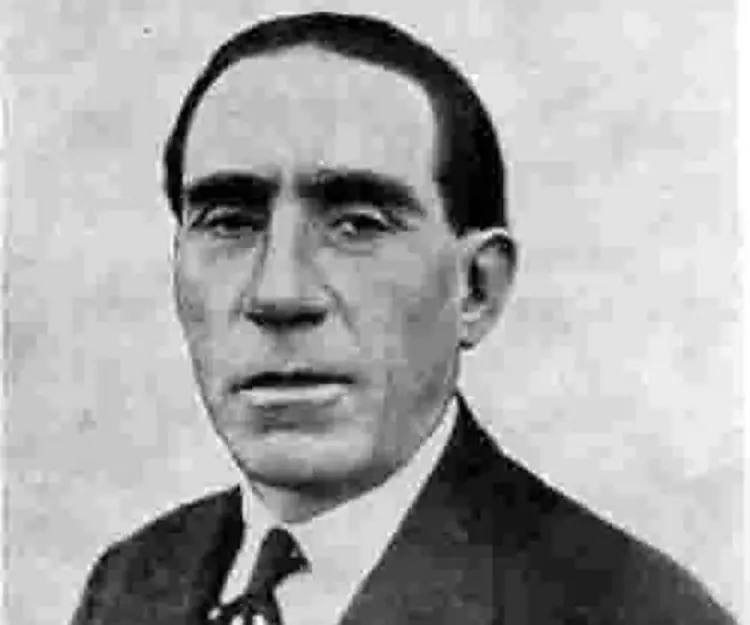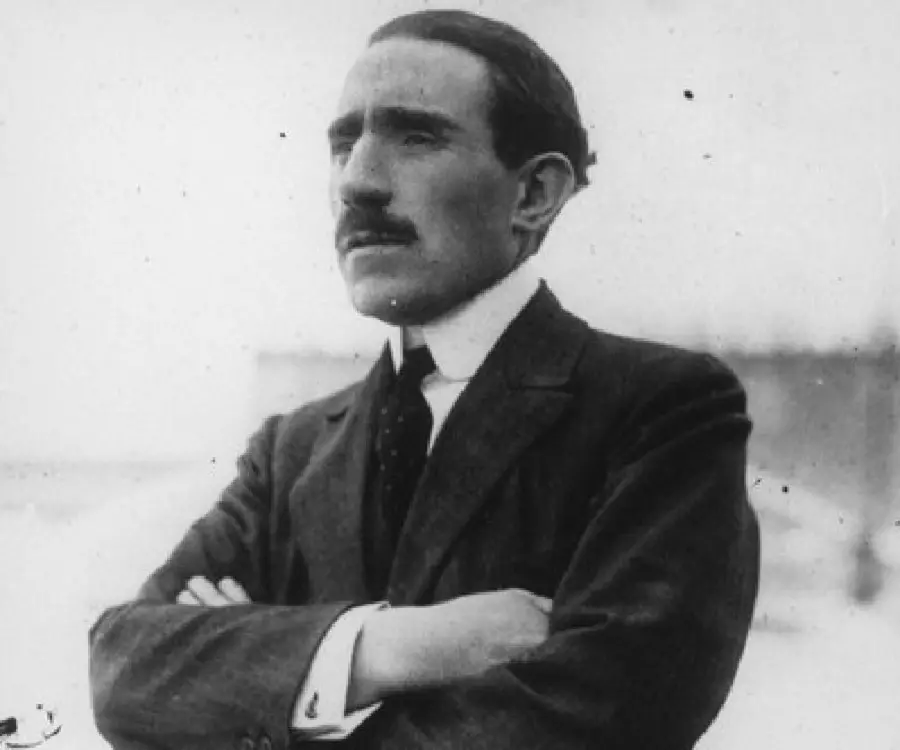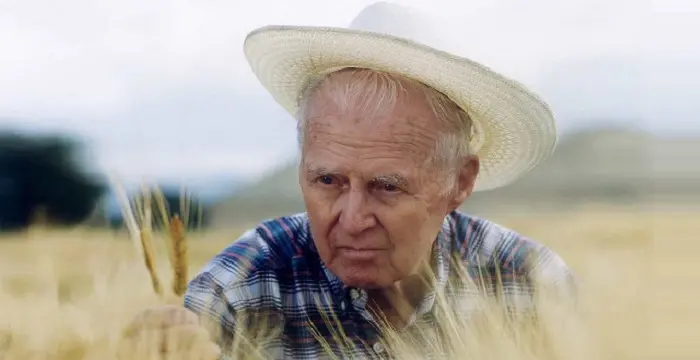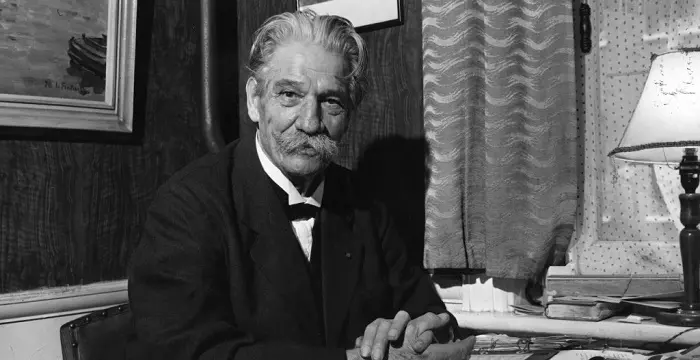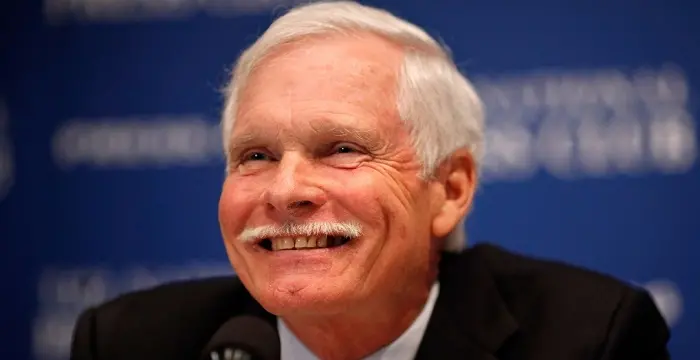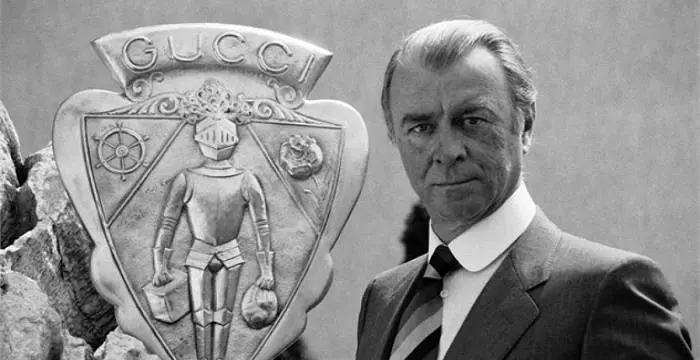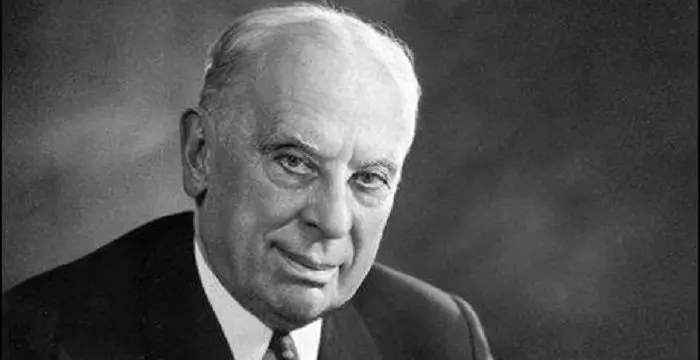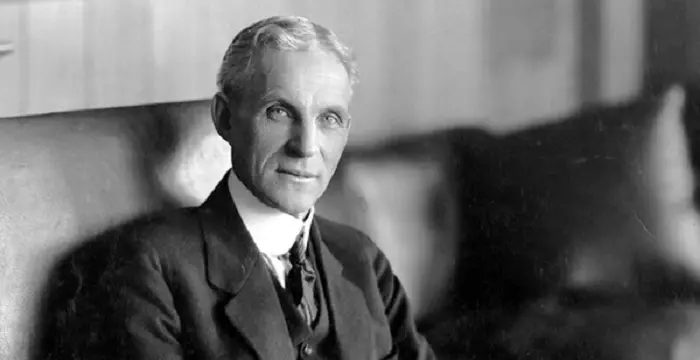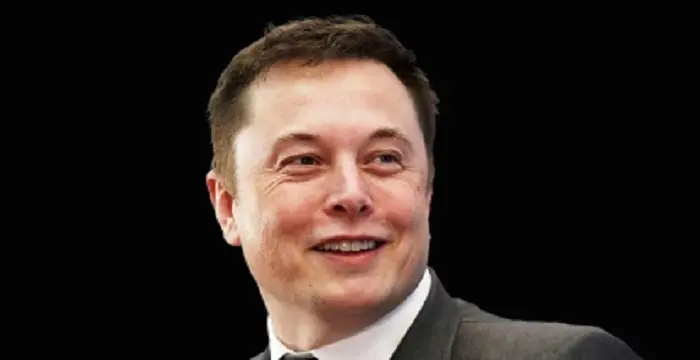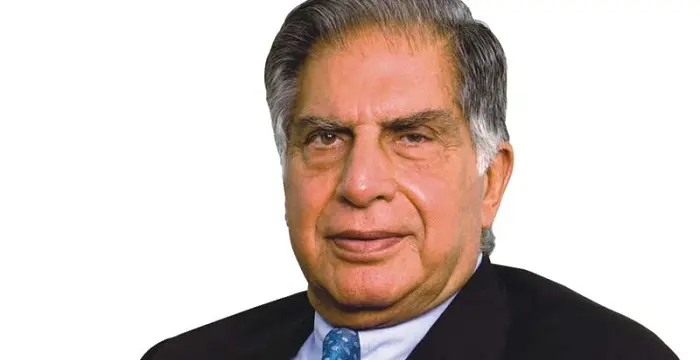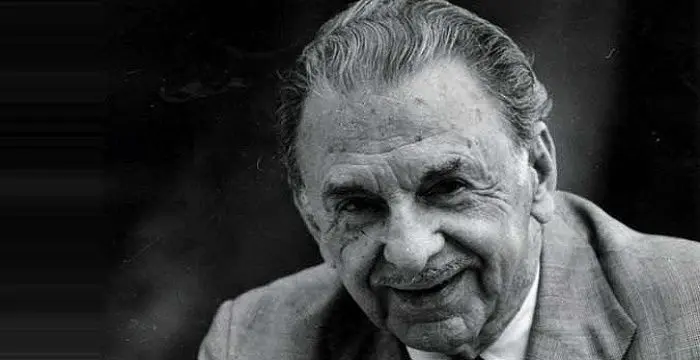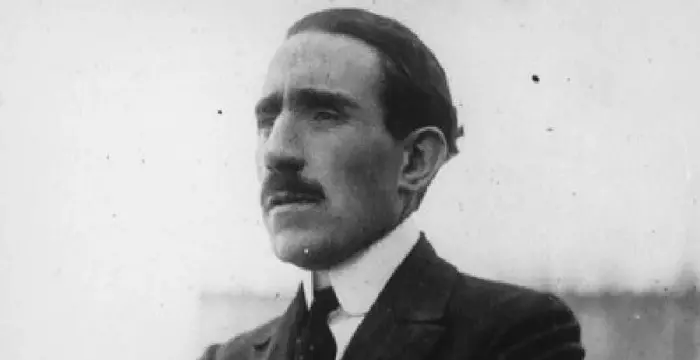
Louis Renault - Founder of Renault, Timeline and Family
Louis Renault's Personal Details
Louis Renault was a French industrialist and a pioneer of automobile industry
| Information | Detail |
|---|---|
| Birthday | February 12, 1877 |
| Died on | October 24, 1944 |
| Nationality | French |
| Famous | Nobel Peace Prize, Business People, Automobile Industry, Founder of Renault |
| Siblings | Marcel Renault |
| Universities |
|
| Founder / Co-Founder |
|
| Birth Place | Paris |
| Gender | Male |
| Sun Sign | Aquarius |
| Born in | Paris |
| Famous as | Founder of Renault |
| Died at Age | 67 |
Louis Renault's photo
Who is Louis Renault?
Louis Renault was a French industrialist and a pioneer of automobile industry. Born in a bourgeois family in Paris, he loved to tinker with machines from his childhood and made his first car at the age of 21. On realizing the business potential of his invention, he teamed up with his brothers to open a car making unit. The business flourished from day one and by the beginning of Second World War it had turned into a big conglomerate, with diverse production range. Even then, he remained in full control of the company and whenever any problem arose, he did not rest till he had found a solution. His bad days started from 1939, when he had to dismiss 2000 union members from their job. It earned him a bad name and left him without political support. Next in 1940, the Nazis tried to relocate his factories along with his workers and to prevent that he had to carry on the producing vehicles for the Germans. “Let them take the butter; otherwise they would take the cows”, he had said. However, when France was liberated, he was arrested on the charges of collaborating with Nazis. He died in custody under mysterious circumstances.
// Famous Nobel Peace Prize
Emily Greene Balch
Emily Greene Balch was an American economist, sociologist and pacifist who won the 1946 Nobel Peace Prize. This biography of Emily Greene Balch provides detailed information about her childhood, life, achievements, works & timeline.
Norman Borlaug
Norman Borlaug was an American biologist known as the “Father of the Green Revolution”. This biography of Norman Borlaug provides detailed information about his childhood, life, achievements, works & timeline.
Albert Schweitzer
Albert Schweitzer was a German born French theologian, organist, philosopher, physician, and medical missionary. Check out this biography to know about his childhood, family life, and achievements.
Childhood & Early Life
Louis Renault was born on February 12, 1877, at Billancount in Paris in a wealthy family. His father, Alfred Renault, manufactured and sold buttons and lines. His mother’s name was Berthe. The couple had six children, out of which Louis was born fourth.
Louis did his schooling at Lycée Condorcet. However, he was more interested in technical devices and skipped school regularly. In 1888, when he was barely eleven years old, he invented a system of generating electricity by using cables, pewter battery plates and an acid bath.
Once he hid himself in the coal tender of a steam train, which ran from Paris to Rouen, just to learn about the working of the steam locomotives. It is said that he only felt comfortable when he had his hands full of grease. Nothing else interested him.
When he was thirteen years old Louis got the chance to sit behind the steering wheel of a steam car. It was owned by Leon Serpollet, the producer of Gardener-Serpollet automobiles. The mechanism caught his fancy and he began to pester his father for an automobile of his own.
Ultimately, his father got him an old Panhard engine. From now on, he began to spend a lot of time tinkering with the machine in the tool shed of their family home in Billancount. One could also see him in Serpollet’s car.
Meanwhile, he went for short military service. It was hoped that the military training would straighten him for good and keep him away from inventing. However, the hope did not materialize. He saved his pay for future inventions.
Back home, in 1898, he came across a small, 3/4 hp “De Dion-Bouton” engine block. He then employed two workers and began to work tirelessly on it. He added a third gear in direct drive of the engine and made other necessary changes to create an automobile of his own.
The car was christened as Renault Voiturette or Renault’s Little Car. On the night of December 24, 1898, when everyone in Paris was celebrating Christmas Eve, Louis drove down the roads of Paris at an incredible speed of 50 km per hour.
On the very night, he had a bet with a friend that his invention could beat any other car up the slope of Rue Lepic and won. His first buyer was a friend of his father, who was mighty impressed with the car after going for a ride with Louis. In addition, he got orders for twelve more cars.
Career
Seeing that the invention has great commercial potential, he teamed up with his elder bothers Marcel and Fernand to set up a manufacturing unit. On February 25, 1899, they formally opened Renault Frères.
Since the elder Renaults had already gained business experience by working at their father’s firm, they took up the business and administration work. Thus Louis was free to concentrate on innovation and production. By the first half of 1899, he already had 80 cars built.
The Renault brothers found a unique way of promoting their cars. From 1899 to 1903, Marcel and Louis took part in number of car races, which greatly boosted their business. Unfortunately, Marcel died during Paris-Madrid car race in 1903 and with his death Louis too stopped taking part in such races.
In 1908, Louis took complete charge of the company, when Fernand retired due to ill health. He tackled the labor unrest in 1912 and 1913 with patience. Under his guidance, the company continued making cars till the beginning of the World War I.
When the World War I broke out, there was acute shortage of artillery ammunition. In response to such crisis, Renault began to produce 75 mm shells using hydraulic presses; other car companies began to follow him and thus the shortage was met to a large extent.
In late 1915, Louis Renault was approached by Colonel J.B.E. Estienne for manufacturing armored vehicles. Since his factory was working full capacity producing war materials, Renault refused. However, the idea stayed with him and therefore, when he was approached once again on July 16, 1916, he agreed.
Louis himself created the tank’s overall design and set the basic specification. After a long research, 84 tanks were manufactured and delivered in 1917. Before the Armistice in November 1918, the company delivered 2697 tanks. After the war, he was bestowed with the Grand Cross of the Légion d'honneur for his war efforts.
In post World War I period, Louis Renault became associated with right-wing ideas and could not appreciate the rising powers of labor unions. However, he remained in complete control of the business and invented hydraulic shock absorbers, the modern drum brake and compressed gas ignition during this period.
The Second World War started in 1939. By now, his company had become a highly diversified conglomerate, and the biggest industrial group in France. It employed 40,000, workers. As before, his company became one of the most important suppliers for the French Army.
In 1940, Renault was sent to the USA by the French Government to ask for tanks. By the time he returned, Germany was in full control in France. To forestall relocating his factory as well as the equipments and workers to Germany, he decided to cooperate with the Nazis.
By the time, France was liberated Renault factory had manufactured 34,232 vehicles for the Nazis. It is to be noted that Renault was not alone in this. Many other industries had chosen the same path. Nonetheless, Renault became unpopular among members of French Resistance and began to be known as a Nazi collaborator.
His factories also became the target of British bombing. One of them was severely damaged on March 3, 1942. His health too began to fail. By late 1942, he had chronic renal problems and also began to suffer from aphasia, a language and speech disorder. Consequently, he could neither speak nor write.
France was liberated in 1944 and on September 22, 1944 Renault was arrested on the charge of collaborating with the Nazis. In October 1944, his company was seized by the provisional French government. It was later nationalized on January 16, 1945 and renamed Régie Nationale des Usines Renault (RNUR).
Although Renault claimed that he kept his plants working just to save the industrial base of France and also to stop deportation of French workers to Germany, he was put under confinement in Fresnes Prison and died within a month. He was posthumously pronounced ‘guilty with enrichment obtained by those who worked for the enemy’.
Personal Life & Legacy
Louis Renault married Christiane Boullaire, sister of French painter Jacques Boullaire on September 26, 1918. At the time of the marriage, he was forty-one years old while the bride was twenty-one. The couple had one son, Jean-Louis Renault.
Louis Renault was not keeping well at the time of his arrest. His health deteriorated quickly once he was taken into custody. He was first shifted to a psychiatric hospital on October 5, 1944; however, he soon went into coma.
On the request of his family and friends, Renault was next admitted to a private nursing home on October 9, 1944. He finally died on October 24, 1944. Officially, it was said that he died of uremia, but no autopsy was done.
Controversies
Many experts are of the opinion that Louis Renault had been framed for his right wing ideology. He was not at all a collaborator. Firstly, he was not the only industrialist, who had worked under the Nazis. Many others had kept their plants operating during that period. They had not been indicated.
Researches have shown that while producing vehicles for the Nazis, he managed to hide strategic materials and slowed the production. He also sabotaged the engines in such a way that they dried and seized too frequently. However, his critics give the credit to his workers, not to him.
When the company was nationalized, Renault’s wife and son did not receive any compensation, although other shareholders did. Besides, the family suspects that Louis Renault did not die a natural death, but was murdered.
At present his grandchildren are trying to clear his name and get compensation for the illegal confiscation of their inheritance. They had unsuccessfully tried to take legal course twice before.
Now that a new law, which allows citizens to challenge in court the constitutionality of government actions, has been passed they have opened the case once more. If they win, they will not only receive over 100 million Euros from the state, but will also be able to clear their grandfather’s name, which is their priority.
// Famous Business People
Kristina Sunshine Jung
Kristina Sunshine Jung is an American entrepreneur and actor, better known as the daughter of drug-smuggler George Jung and his ex-wife, Mirtha Jung.
Ted Turner
Ted Turner is a media tycoon who founded the cable news network CNN. This biography of Ted Turner provides detailed information about his childhood, life, achievements, works & timeline.
Guccio Gucci
Guccio Gucci was a famous fashion designer from Florence, Italy, and the founder of the world-renowned fashion brand ‘Gucci.’ Check out this biography to know about his childhood, family, personal life, career, etc.
Louis Renault's awards
| Year | Name | Award |
|---|---|---|
Other | ||
| 0 | Legion of Honour | |
Louis Renault biography timelines
- // 12th Feb 1877Louis Renault was born on February 12, 1877, at Billancount in Paris in a wealthy family. His father, Alfred Renault, manufactured and sold buttons and lines. His mother’s name was Berthe. The couple had six children, out of which Louis was born fourth.
- // 1888Louis did his schooling at Lycée Condorcet. However, he was more interested in technical devices and skipped school regularly. In 1888, when he was barely eleven years old, he invented a system of generating electricity by using cables, pewter battery plates and an acid bath.
- // 1898Back home, in 1898, he came across a small, 3/4 hp “De Dion-Bouton” engine block. He then employed two workers and began to work tirelessly on it. He added a third gear in direct drive of the engine and made other necessary changes to create an automobile of his own.
- // 24th Dec 1898The car was christened as Renault Voiturette or Renault’s Little Car. On the night of December 24, 1898, when everyone in Paris was celebrating Christmas Eve, Louis drove down the roads of Paris at an incredible speed of 50 km per hour.
- // 1899Since the elder Renaults had already gained business experience by working at their father’s firm, they took up the business and administration work. Thus Louis was free to concentrate on innovation and production. By the first half of 1899, he already had 80 cars built.
- // 25th Feb 1899Seeing that the invention has great commercial potential, he teamed up with his elder bothers Marcel and Fernand to set up a manufacturing unit. On February 25, 1899, they formally opened Renault Frères.
- // 1908In 1908, Louis took complete charge of the company, when Fernand retired due to ill health. He tackled the labor unrest in 1912 and 1913 with patience. Under his guidance, the company continued making cars till the beginning of the World War I.
- // 1915 To 16th Jul 1916In late 1915, Louis Renault was approached by Colonel J.B.E. Estienne for manufacturing armored vehicles. Since his factory was working full capacity producing war materials, Renault refused. However, the idea stayed with him and therefore, when he was approached once again on July 16, 1916, he agreed.
- // 1917Louis himself created the tank’s overall design and set the basic specification. After a long research, 84 tanks were manufactured and delivered in 1917. Before the Armistice in November 1918, the company delivered 2697 tanks. After the war, he was bestowed with the Grand Cross of the Légion d'honneur for his war efforts.
- // 26th Sep 1918Louis Renault married Christiane Boullaire, sister of French painter Jacques Boullaire on September 26, 1918. At the time of the marriage, he was forty-one years old while the bride was twenty-one. The couple had one son, Jean-Louis Renault.
- // 1939The Second World War started in 1939. By now, his company had become a highly diversified conglomerate, and the biggest industrial group in France. It employed 40,000, workers. As before, his company became one of the most important suppliers for the French Army.
- // 1940In 1940, Renault was sent to the USA by the French Government to ask for tanks. By the time he returned, Germany was in full control in France. To forestall relocating his factory as well as the equipments and workers to Germany, he decided to cooperate with the Nazis.
- // 3rd Mar 1942His factories also became the target of British bombing. One of them was severely damaged on March 3, 1942. His health too began to fail. By late 1942, he had chronic renal problems and also began to suffer from aphasia, a language and speech disorder. Consequently, he could neither speak nor write.
- // 1944France was liberated in 1944 and on September 22, 1944 Renault was arrested on the charge of collaborating with the Nazis. In October 1944, his company was seized by the provisional French government. It was later nationalized on January 16, 1945 and renamed Régie Nationale des Usines Renault (RNUR).
- // 5th Oct 1944Louis Renault was not keeping well at the time of his arrest. His health deteriorated quickly once he was taken into custody. He was first shifted to a psychiatric hospital on October 5, 1944; however, he soon went into coma.
- // 24th Oct 1944On the request of his family and friends, Renault was next admitted to a private nursing home on October 9, 1944. He finally died on October 24, 1944. Officially, it was said that he died of uremia, but no autopsy was done.
// Famous Automobile Industry
Bernie Ecclestone
Bernie Ecclestone is a reputed British businessman, best known as the former CEO of the ‘Formula One Group.’ This biography profiles his childhood, family, personal life, career, etc.
Alfred P. Sloan
Alfred Sloan was an American business executive and philanthropist, known for his notable contributions to automotive industry. This biography of Alfred Sloan provides detailed information about his childhood, life, achievements, works & timeline.
Henry Ford
Henry Ford was the founder of the Ford Motors Company, had brought a revolution in the automobile industry. This biography of Henry Ford provides detailed information about his childhood, life, achievements, works & timeline.
Elon Musk
The famous entrepreneur, engineer-innovator, Elon Musk is known for his pro-environment inventions like the electricity powered sports car ‘Tesla Roadster’. To know more about his childhood, profile, life, timeline and career read on.
Ratan Tata
Ratan Tata is one of the leading Indian industrialists, ex- Chairman of the largest Indian conglomerate, Tata Group of Companies. This biography of Ratan Tata provides detailed information about his childhood, life, achievements, works & timeline.
J. R. D. Tata
J.R.D.Tata was an Indian businessman and aviator who founded TCS, Tata Motors and Air India. This biography of J.R.D.Tata provides detailed information about his childhood, life, achievements, works & timeline.
Louis Renault's FAQ
What is Louis Renault birthday?
Louis Renault was born at 1877-02-12
When was Louis Renault died?
Louis Renault was died at 1944-10-24
Where was Louis Renault died?
Louis Renault was died in Fresnes Prison
Which age was Louis Renault died?
Louis Renault was died at age 67
Where is Louis Renault's birth place?
Louis Renault was born in Paris
What is Louis Renault nationalities?
Louis Renault's nationalities is French
Who is Louis Renault siblings?
Louis Renault's siblings is Marcel Renault
What was Louis Renault universities?
Louis Renault studied at Lycée Condorcet
Which company or organization was founded by Louis Renault?
Louis Renault was the founder/co-founder of Renault, Renault Agriculture
What is Louis Renault's sun sign?
Louis Renault is Aquarius
How famous is Louis Renault?
Louis Renault is famouse as Founder of Renault
